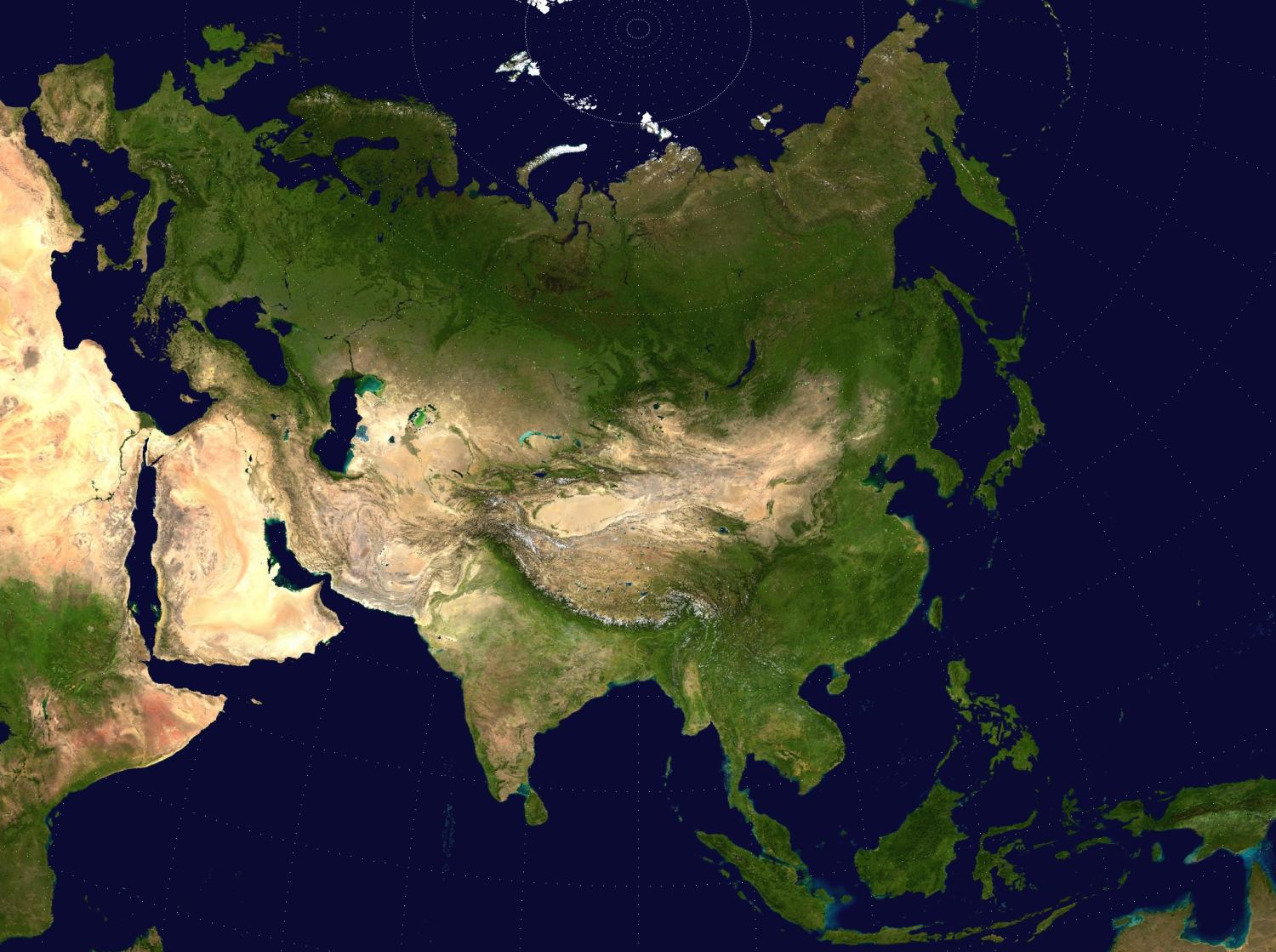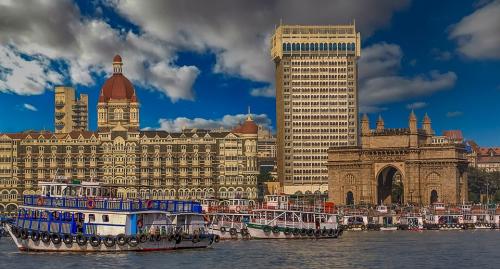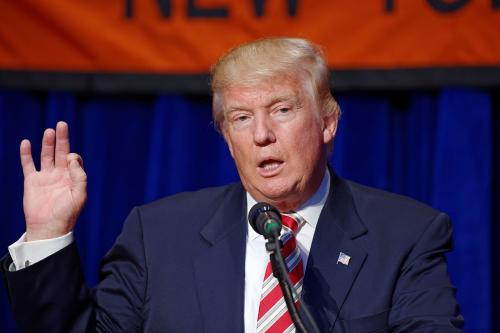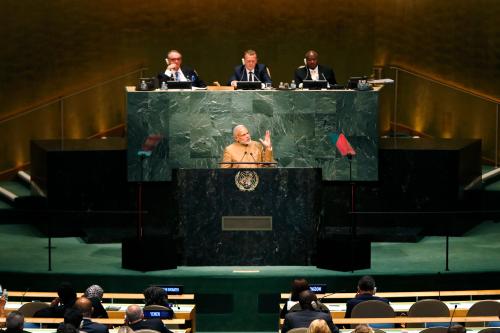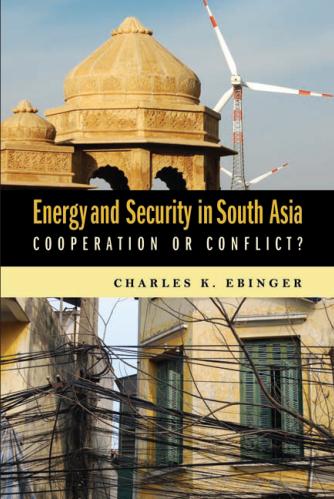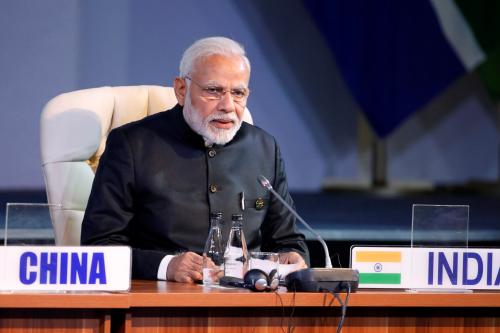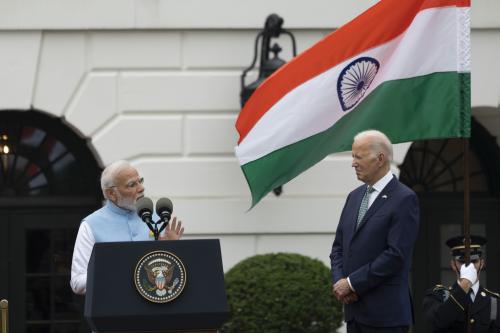Content from the Brookings Institution India Center is now archived. After seven years of an impactful partnership, as of September 11, 2020, Brookings India is now the Centre for Social and Economic Progress, an independent public policy institution based in India.
This paper, published in ISAS Insights, formed the basis of a presentation by Mr Dhruva Jaishankar as a member of the panel on “South Asia: Looking East” at the 11th ISAS International Conference on South Asia. The conference, titled “Contemporary South Asia: Regional Dynamics and Changing Global Politics” was organised by the Institute of South Asian Studies (ISAS), an autonomous research institute at the National University of Singapore, on 3 March 2017. The views are of the author(s). The paper can be found here.
After years of a ‘Look East’ policy that recognised the importance of the Asia-Pacific region for Indian interests, the Indian government decided to upgrade it rhetorically to ‘Act East’. The objective of the ‘Act East’ policy is to ensure a multipolar Asia, through deeper institutional engagement, land and maritime connectivity, and security partnerships with Southeast and East Asia. While institutional engagement and security cooperation have improved considerably over the past two decades, connectivity remains a work in progress. For New Delhi to ‘Actualise East,’ it will require a rethinking of the country’s China policy in the light of developments there, putting nuts and bolts to improving India’s connectivity with Bangladesh and Southeast Asia, and prioritising Indian Ocean security.

